Top Tips for Effective Water and Mold Removal in Westminster Maryland
Author Bio : Jeff Cohn Baltimore Maryland and Washington DC .
**I am Jeff with SI Restoration a mold removal ,remediation and water damage restoration company . We are also referred to as a water damage cleanup company . We have been in business since 1989 and have been IICRC certified for water damage clean up or restoration for 30 years. Jeff graduated from the Park School and University of Maryland . Jeff started SI Restoration with his brother Mike Cohn and still own it today . If you have questions on this article or would like a free consultation on your issues in Washington DC or Baltimore Maryland please call him day or night at 410-458-5371 .Note: If you have a removal or mold remediation need and want to talk to a professional , please call Jeff at 410-458-5371. Please only calls in the Maryland area.
Understanding Water Damage and Mold Growth

Water damage developes to mold growth, which can start within 24 to 48 hours. Therefore, once any signs of mold levels of water damage appear, taking immediate action is essential to prevent mold infestation.
Mold grows in environments with high moisture levels, typically above 70%. Damp, unventilated spaces like basements, bathrooms, and attics provide ideal conditions. Organic materials such as wood and drywall offer nutrients for mold to flourish. Without swift intervention, mold spreads rapidly, causing extensive damage and complicating remediation efforts.
Steps for Effective Water Removal
Water removal begins with a thorough inspection to see structural damage, identify the water source and assess contamination levels. This initial assessment is crucial for developing a tailored plan to address the damage and prevent mold growth.
Beyond the inspection, removing standing water with industrial vacuums and submersible pumps is the next step in mold cleanup and restoration. This process ensures quick and efficient extraction, reducing the risk of mold growth.
Drying the wet areas is crucial for preventing mold. Heavy-duty fans and commercial dehumidifiers are employed to eliminate moisture within 48 hours. Even small amounts of residual moisture can lead to mold growth, making swift and thorough drying essential in the remediation process.
Identifying Mold in Your Home
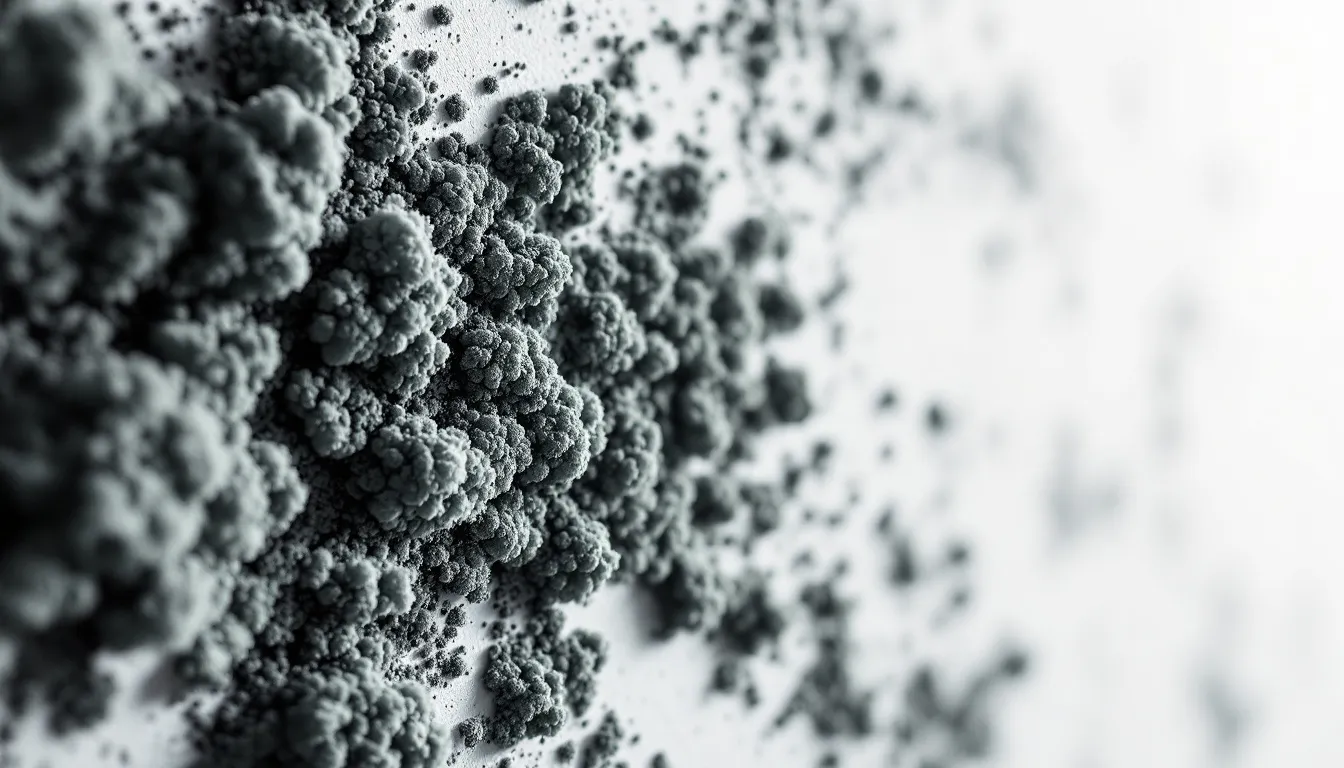
Finding mold in your home is crucial for maintaining a healthy living environment. Mold can often be identified by its distinct musty odor, which is typically more pronounced in areas with poor ventilation. Visually, the signs of mold also may appear as discolored spots or fuzzy patches on walls, ceilings, or other surfaces. These patches can range in color from black and green to white and orange, depending on the type of mold and the surface it is growing on.
Additional to visible signs of mold everywhere, mold growth can also cause structural damage to your home. It can weaken walls, ceilings, and floors, leading to costly repairs if not addressed promptly. Mold can negatively impact indoor air quality, leading to respiratory problems and other health issues for occupants.

To accurately find mold, consider the several steps and hiring a professional mold inspection service. These experts use specialized equipment to detect hidden mold and assess the extent of the mold infestation itself. They can also identify the type of mold present, which is crucial for determining the most effective remediation strategy.
When mold is identified, it's important to both act swiftly and quickly and swiftly to remove it and address the underlying moisture problem. This may involve repairing leaks, improving ventilation, and using dehumidifiers to maintain optimal humidity levels. By taking
Mold Remediation Techniques
Mold remediation includes several techniques to eliminate mold and prevent its return. One critical method is the use of antimicrobial treatments to eradicate existing mold colonies and inhibit their growth, ensuring all mold spores are destroyed.
Working with porous materials like ceiling tiles and carpets often requires disposal if contaminated. Mold infiltrates these porous materials more deeply, making cleaning ineffective. Proper cleanup and disposal prevents mold from spreading to other areas of the home.or hard surfaces, effective cleaning solutions include soap and water or a bleach solution. These help remove mold from non-porous surfaces, ensuring they are safe for use again. However, remediation extends beyond simple cleaning.
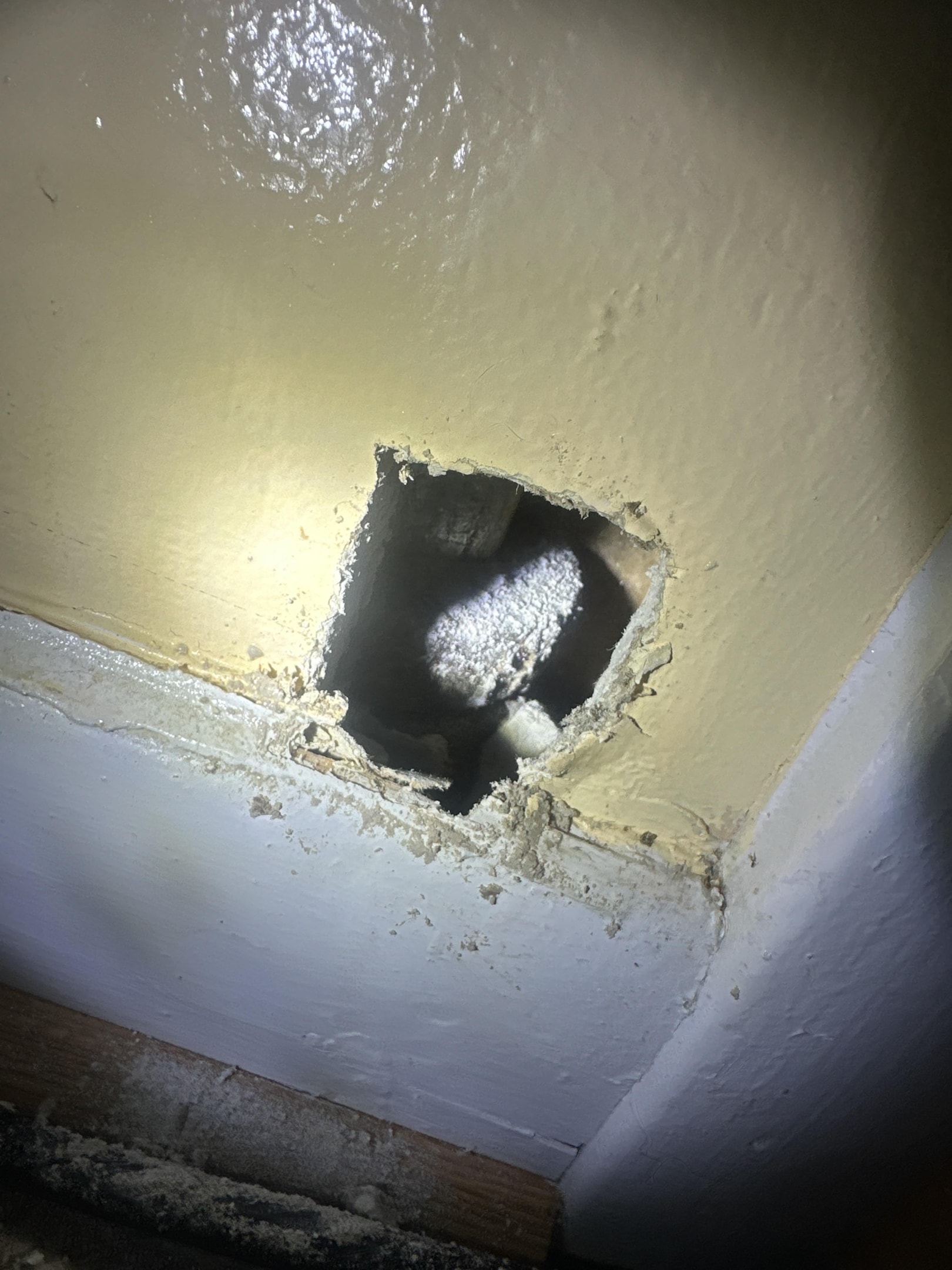
Professional remediation is essential, especially with hazardous types like black mold or extensive infestations. Certified professionals follow safety standards and regulations for thorough and safe mold removal, using specialized methods and equipment to address hidden mold effectively, preventing costly damage from recurring issues.Containment procedures during mold remediation prevent mold from spreading. This involves sealing off affected areas and turning off fans and HVAC systems, ensuring mold spores do not travel to other parts of the home, maintaining a safe environment during the remediation process and ensuring safety throughout.
Professional Mold Removal Services
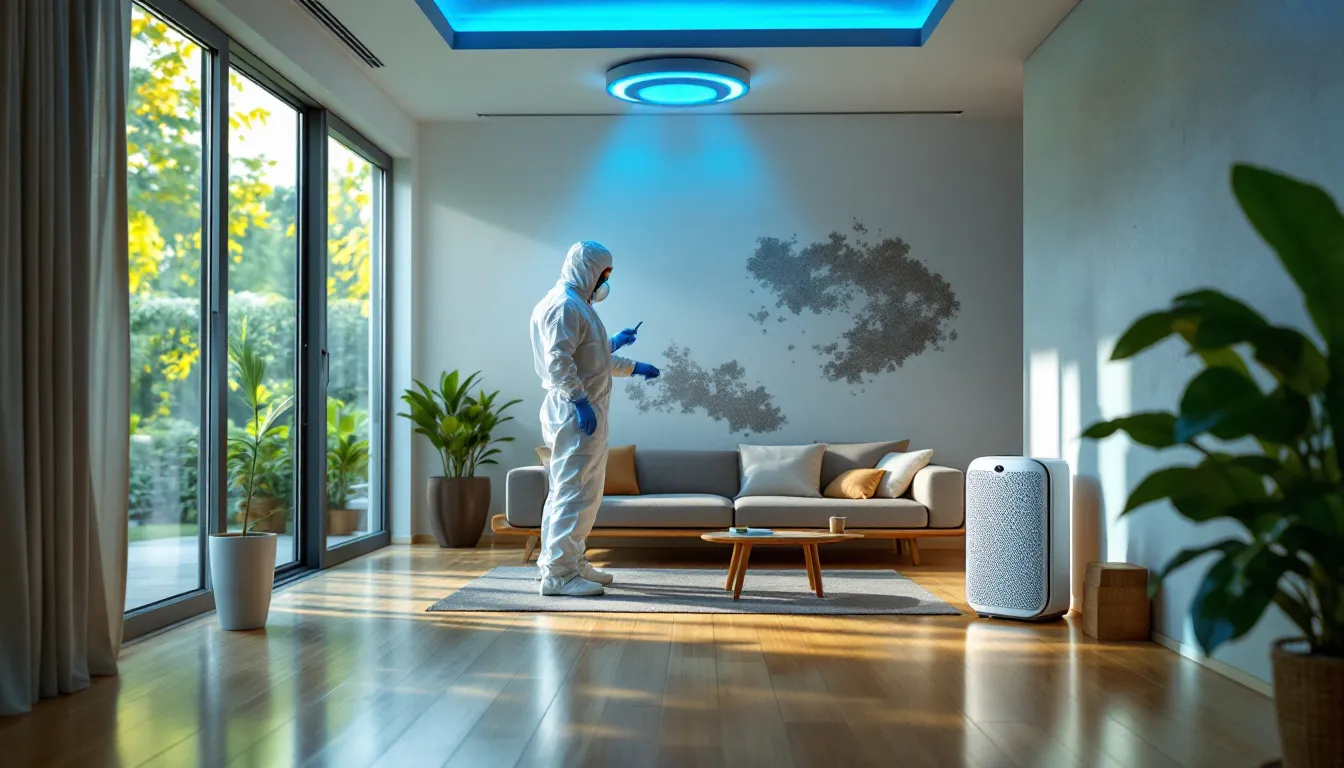
Professional removal services offer a comprehensive approach to tackling a serious mold infestation problem, starting with a careful inspection to identify visible signs of mold and hidden water sources. Professionals use advanced technologies for removing mold, ensuring no area is overlooked.During mold remediation, professionals use specialized chemicals and tools that surpass standard cleaning methods. These techniques enable quick and efficient mold removal, minimizing the risk of recurrence.Hiring professionals is crucial for dealing with black mold and extensive infestations. Certified experts ensure mold is safely contained and removed, reducing health risks and creating a mold-free environment. Their expertise and thorough approach provide peace of mind and long-term protection against mold growth.
Preventing Future Mold Growth
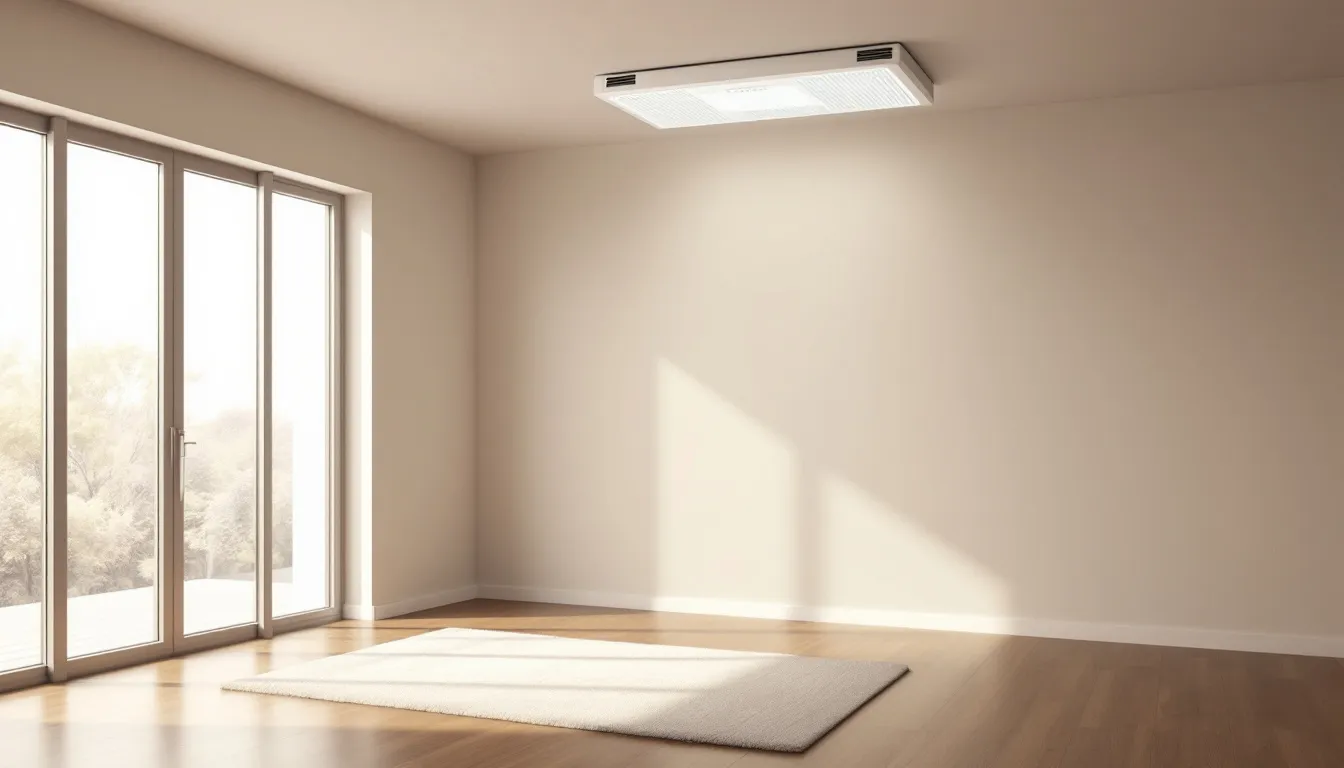
Preventing mold growth involves several proactive measures. Promptly repairing plumbing leaks can avoid recurring mold issues, and regular maintenance of HVAC system components is also essential to understanding how mold can grow as well.
Managing indoor humidity levels is crucial for indoor air quality, ideally between 30% and 50%. Improving ventilation in damp-prone areas can significantly reduce mold recurrence. Using dehumidifiers and sealing cracks in foundations and walls also helps maintain a dry environment.
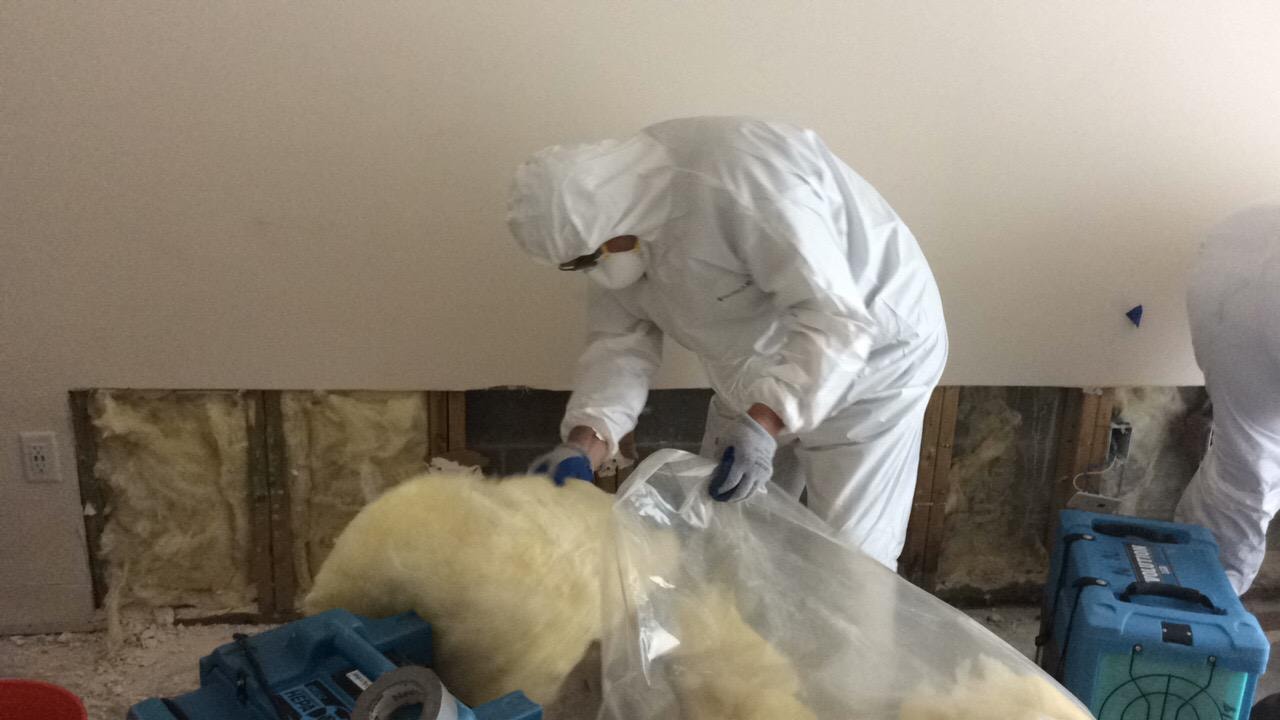
Consistent cleaning and increased ventilation in damp areas like bathrooms ensure moisture does not accumulate, creating a hostile environment for mold. Implementing these strategies helps maintain a mold-free home, avoiding the stress and expense of remediation.
Health Risks Associated with Mold Exposure
Mold poses significant health risks, requiring prompt attention. Common health problems include respiratory issues and allergic reactions, with symptoms ranging from mild to severe depending on exposure and individual susceptibility.
Long time mold exposure can lead to chronic health issues such as asthma and persistent respiratory problems. Individuals dealing with mold with existing respiratory conditions may experience exacerbated symptoms at mold levels, while others may face irritation in their eyes, nose, and lungs even without mold allergies. This underscores the importance of thorough mold removal.
Professional, mold inspection and cleanup services are crucial in reducing health risks. Thorough containment and elimination of mold by professionals help maintain a healthy living environment. Their expertise and comprehensive approach effectively address health concerns and hazards posed by mold exposure.
Insurance Coverage for Water and Mold Damage

Managing insurance coverage for water and mold damage is crucial. Typical maximum coverage for mold remediation ranges from $1,000 to $10,000. When filing an insurance claim, documenting photos of the mold, the source of moisture, and communication with the insurance company is important.
Finding the source of mold growth is crucial for insurance claims. This information helps demonstrate the cause of the damage, ensuring efficient claim processing. Homeowners should be aware that insurance typically excludes mold damage from wear and tear or long-term leaks that have not been repaired.
Comprehending the specifics of your insurance policy is vital as coverage can vary. Reviewing your policy and considering additional coverage for mold or water damage occurs, can offer better protection. Being informed ensures preparedness in the event of mold or water damage.

Summary
In addition, addressing water damage swiftly is essential to prevent mold growth. From identifying mold to implementing remediation techniques, each step dealing with a mold problem, plays a vital role in maintaining a safe and healthy home environment. Professional services offer the expertise needed for thorough mold removal and prevention.
Taking measures to repair leaks, maintain HVAC systems, and control humidity levels can significantly reduce the risk of future mold growth. By staying informed and vigilant, homeowners can effectively protect their homes and health from the dangers of mold. Remember, the key to a mold-free environment is prompt action and preventive care.
Frequently Asked Questions
How quickly can mold grow after water damage?
Mold will grow within 24 to 48 hours after water damage, making prompt action essential to the mold problem and prevent its spread.
How can I prevent future mold growth in my home?
Managing future mold growth in your home involves a combination of diligent maintenance and proactive measures. Start by addressing any existing moisture problems, as mold thrives in damp environments. Regularly inspect your home for plumbing leaks, especially in areas prone to moisture like kitchens, bathrooms, and basements. Repair any leaks promptly to prevent water accumulation and subsequent mold growth.
Make sure your home has good ventilation, particularly in areas susceptible to high humidity. Installing exhaust fans in bathrooms and kitchens can help reduce moisture levels. Additionally, using dehumidifiers in damp areas can maintain optimal indoor humidity levels, ideally between 30% and 50%, discouraging mold growth.
Schedule regular cleaning routines, focusing on areas where mold is likely to develop. Use mold-inhibiting cleaning products to keep surfaces mold-free. Consider using resistant materials in areas prone to moisture, such as mold-resistant drywall or paint.
Fill any cracks in walls, ceilings, and foundations to prevent water intrusion. Regularly check and maintain your HVAC system to ensure it is functioning correctly, as a well-maintained system helps regulate indoor air quality and moisture levels.
Taking these steps, you can create an environment that is less conducive to mold growth,